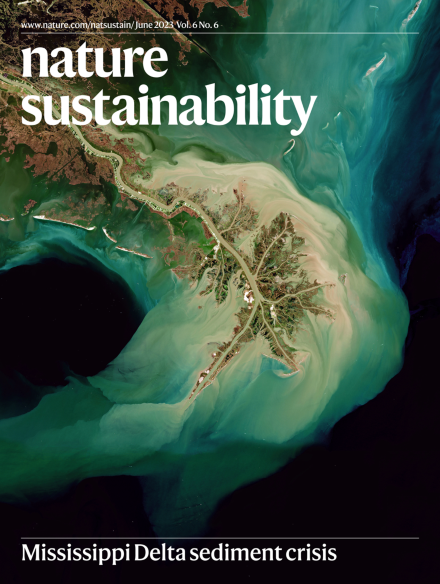需求和回收对锂提取时间和地点的影响
IF 27.1
1区 环境科学与生态学
Q1 ENVIRONMENTAL SCIENCES
引用次数: 0
摘要
实现电动交通目标对于全球脱碳目标至关重要,而向电动汽车的过渡取决于锂离子电池的可用性,锂离子电池是电动汽车的首选牵引电池。锂是电池中的一种关键能源材料,在评估矿物充足性时,锂的供需模型在很大程度上忽略了时间、地理和采矿动态。我们根据矿藏水平的数据开发了一个资源调度模型,并发现,如果电动汽车中更大的电池组的趋势继续下去,到2050年可能需要85个新的矿藏。在全球范围内调节电池尺寸和实现强大的电池回收可以大大减少新的锂矿床的开放,到2050年,最好的情况是只有15个新开放的锂矿床。雄心勃勃的锂再循环和回收目标需要全球政策干预,但通过减少矿山开采量,将降低供应集中度,并创造新的一线社区。为电动汽车提供动力取决于能否从锂储量中提取锂。现在的模型显示,如果对更大电池组的需求持续下去,到2050年可能需要的新锂矿床数量,并建议调节电池尺寸和改善回收,以减少矿山的开放。本文章由计算机程序翻译,如有差异,请以英文原文为准。

Effects of demand and recycling on the when and where of lithium extraction
Achieving electric mobility targets is crucial for global decarbonization goals and the transition to electric vehicles depends on the availability of lithium-ion batteries, the preferred traction battery for electric vehicles. Demand and supply models for lithium, a critical energy material in batteries, largely ignore time, geography and mining dynamics when evaluating mineral sufficiency. We developed a resource dispatch model with data at the mineral deposit level and found that, if trends towards larger battery packs in electric vehicles continue, >85 new deposit openings may be needed by 2050. Moderating battery size and achieving robust battery recycling at global scales can substantially decrease new lithium deposit openings, with the very best case leading to just 15 openings by 2050. Ambitious recycling and recovery targets for lithium require global policy intervention, but will reduce supply concentration and the creation of new frontline communities by reducing mine openings. Powering electric vehicles hinges on the availability to extract lithium from reserves. Modelling now shows the likely number of new lithium deposit openings required by 2050 if the demand for larger battery packs continues and suggests moderating battery size and improving recycling to reduce mine openings.
求助全文
通过发布文献求助,成功后即可免费获取论文全文。
去求助
来源期刊

Nature Sustainability
Energy-Renewable Energy, Sustainability and the Environment
CiteScore
41.90
自引率
1.10%
发文量
159
期刊介绍:
Nature Sustainability aims to facilitate cross-disciplinary dialogues and bring together research fields that contribute to understanding how we organize our lives in a finite world and the impacts of our actions.
Nature Sustainability will not only publish fundamental research but also significant investigations into policies and solutions for ensuring human well-being now and in the future.Its ultimate goal is to address the greatest challenges of our time.
 求助内容:
求助内容: 应助结果提醒方式:
应助结果提醒方式:


